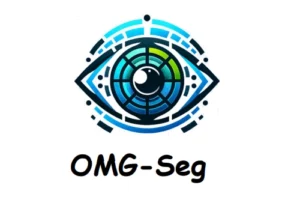Splatter Image, turning 2D image into a mesmerizing 3D model at the speed of imagination. Meet Splatter Image which is a revolutionary technology that transforms a simple 2D image into 3D model at the speed of 38 frames per second, which is just incredible with the help of Gaussians and Neural Network.
Does Splatter Image shows Multiple Views?

Splatter Image takes the input image and generates multi view 3D shapes. 3D generation model is extremely fast. The training cost is low and single camera view can be reconstructed into multiple views.

The above image is representing a single 2D image can be easily converted into 3D model by using Splatter Image model as it is super flexible and fast. It does not miss any single detail by creating a good quality 360-degree view that beats slower methods at their own game. Lets see the example of 360◦ reconstruction in the clips below.
A complete 360◦ of the object can be seen. Imagine yourself taking picture from the camera but obviously that picture is a flat 2D image but you can bring this image to life by using Splatter Image which creates a detailed 3D model that can be explored from every angle.
According to my experience and seeing the output of other 3D generation models, the quality of the generated output image is not very clear although there is consistency in all the visible angle but the quality should be increase to enhance the 3D reconstruction of the objects.
It is representing different objects with its complete 3D views showing each angle and aspects of the objects without missing any detail. The 2D image of each objects can be turned into a 3D model maintaining the quality of all the angles using Splatter Image.
A simple 2D image network is utilized and transform that 2D image into Gaussians. A Gaussians is a unique form of image that actually represents the 3D models. The Splatter Image can be further extended by utilizing more than one images as an input which is known as cross-view-attention which collects information from different angles to enhance the 3D model. If you want to more about this model just go through the Youtube video.
Every pixel in 2D image is not only the part of picture but it scores some information to create 3D objects, These information consist of transparency, appearance and color. Each and every pixel encodes the details of information that transform the 2D image to a 3D object.
Wrap Up!
Splatter Image is simple to implement and user friendly and is accessible to wide range of audiences. It reduces the computational cost during training process as well as increase the efficiency in the terms of time and other computational resources.
References
Similar Posts
-
Chinese Company DeepSeek Releases DeepSeek-Coder a LLM for Code Generation

-
Alibaba’s Mobile-Agent: A Smart Mobile Assistant
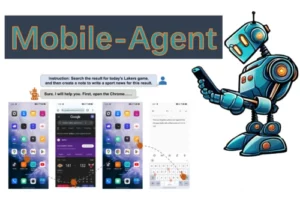
-
Grounded SAM: A Unified Model for Diverse Visual Tasks
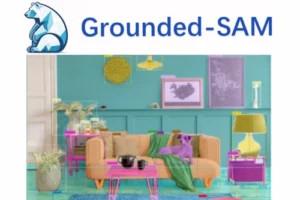
-
Gaussian Head Avatar: High Quality Head Avatar Generator
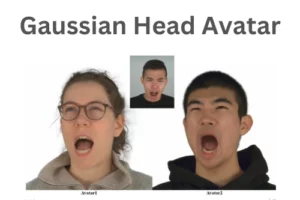
-
Google DeepMind’s AlphaGeometry: Without Assistance Solving Olympiad Geometry Problems
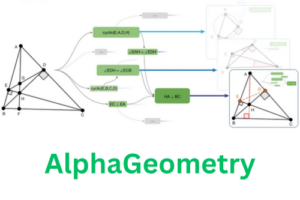
-
OMG-Seg: A Unified Segmentation Model
